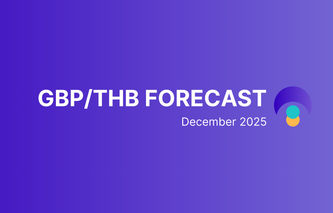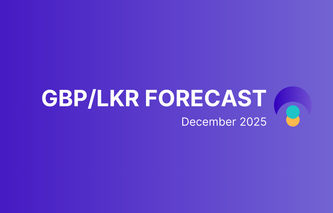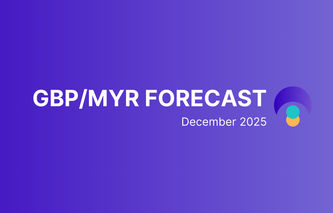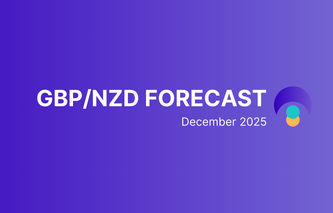If you’re sending money from the UK to Pakistan or back the other way, here’s a guide to how the British pound (GBP) and the Pakistani rupee (PKR) are performing, and what that means for your transfers in December 2025.
GBP to PKR: Where It Stands
The British pound has recently traded mixed against the Pakistani rupee. While the PKR has stayed very stable against the US dollar, it has been weaker at times against the pound. Overall, the GBP to PKR rate has been edging slightly higher, meaning it takes more rupees to buy one pound compared with earlier in the year.
What’s Driving GBP to PKR?
There are three main drivers:
Pakistan’s currency has been extremely stable against the US dollar, supported by steady inflows and tight management by authorities. However, this stability has not always held across other major currencies, and the PKR has frequently weakened against the pound.
The British pound has been supported by expectations that the Bank of England will cut interest rates more slowly than other major central banks. When UK rates stay relatively high, the pound tends to strengthen.
Pakistan’s calendar year weakness in the PKR signals underlying pressure from imports and external payments, even though recent fiscal year numbers look better. That means the PKR can still soften when global currencies like GBP pick up strength.
What Do the Charts Say?
GBP to PKR has been drifting upward, mostly because the PKR is struggling against European currencies. The trend is not strong, but it is consistent. Technical indicators suggest light resistance around 362 to 365 PKR per GBP. If the pair moves above this area, it could aim toward 370. On the downside, support sits near 353 to 355. A fall below that would signal a short-term pullback.
Need to send from the UK to Pakistan?
Find the best GBP to PKR money transfer rates. We'll show you some of the best companies to choose from, putting your transfer in safe hands.
What to Watch in December 2025
Important factors that can move the rate soon.
UK inflation updates could push the pound higher if numbers stay hot.
Any signals from the Bank of England about delaying rate cuts would be positive for GBP.
Pakistan’s FX stability is holding, but any slowdown in inflows or rise in import demand could weaken PKR again.
Global risk sentiment matters. When markets turn cautious, currencies like PKR can come under pressure.
Risks Ahead
Key things that could upset the outlook.
If Pakistan sees a sudden drop in reserves or higher demand for imports, the PKR could weaken faster.
If UK economic data softens, the pound may lose strength.
Any geopolitical event affecting commodity prices could impact PKR due to import costs.
What This Means If You’re Sending GBP to PKR Abroad
Right now, GBP to PKR is more likely to stay slightly elevated or rise further over the next month. That means one pound could convert into more rupees. If you are sending money from the UK to Pakistan, this is generally favourable. You may get a better rate if the pound continues to strengthen as expected. However, if PKR stabilizes more broadly or the pound weakens unexpectedly, the rate could dip. If you prefer certainty, sending part now and part later can reduce timing risk.
In short
GBP to PKR is likely to stay on a mild upward path next month. The pound remains supported by interest rate expectations, while the PKR is firm against the dollar but softer against European currencies. Expect gradual moves, not big swings, and current conditions generally favour those sending money from the UK to Pakistan.






